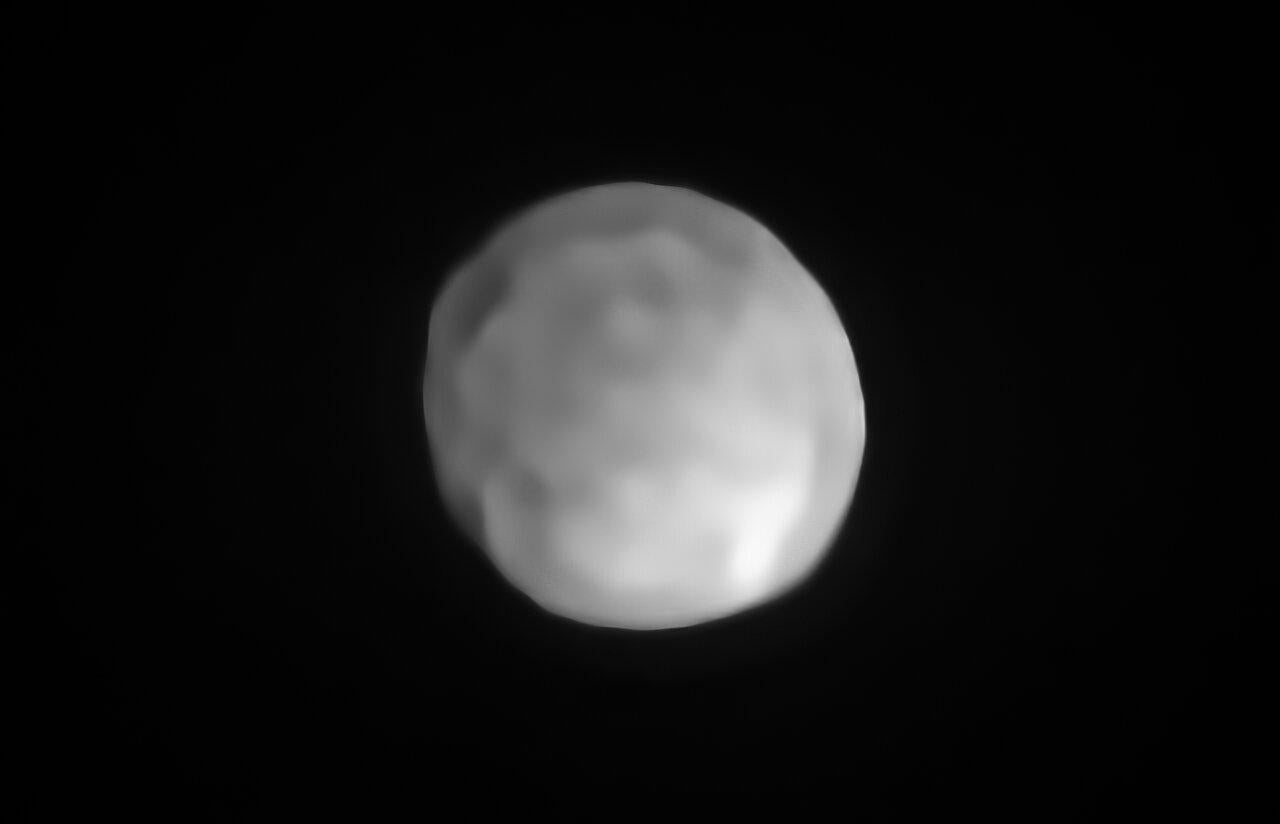Even as we peer to the ends of the universe, our solar system continues to surprise
Analysis: The latest discovery that Hygiea is a dwarf planet is a reminder of the unfathomable vastness of the cosmos, says Andrew Griffin


Astronomers have spent recent years peering out into the very depths of the universe, looking right at its edges. But even still, our Solar System has a stunning capacity to surprise.
In the last few weeks alone, scientists have revealed that the speed of the expansion of the universe continues to perplex us and that there are unimagined worlds in their own star systems. They continue to look further, examining those planets for signs of life and trying to understand how the universe came to be.
In that context, the discovery that Hygiea – previously thought to be an asteroid at the edge of our Solar System, but in fact possibly a dwarf planet – can seem a little small scale. It is only tiny, and is relatively close by, even if that means hundreds of millions of miles.
Subscribe to Independent Premium to bookmark this article
Want to bookmark your favourite articles and stories to read or reference later? Start your Independent Premium subscription today.
Join our commenting forum
Join thought-provoking conversations, follow other Independent readers and see their replies
Comments